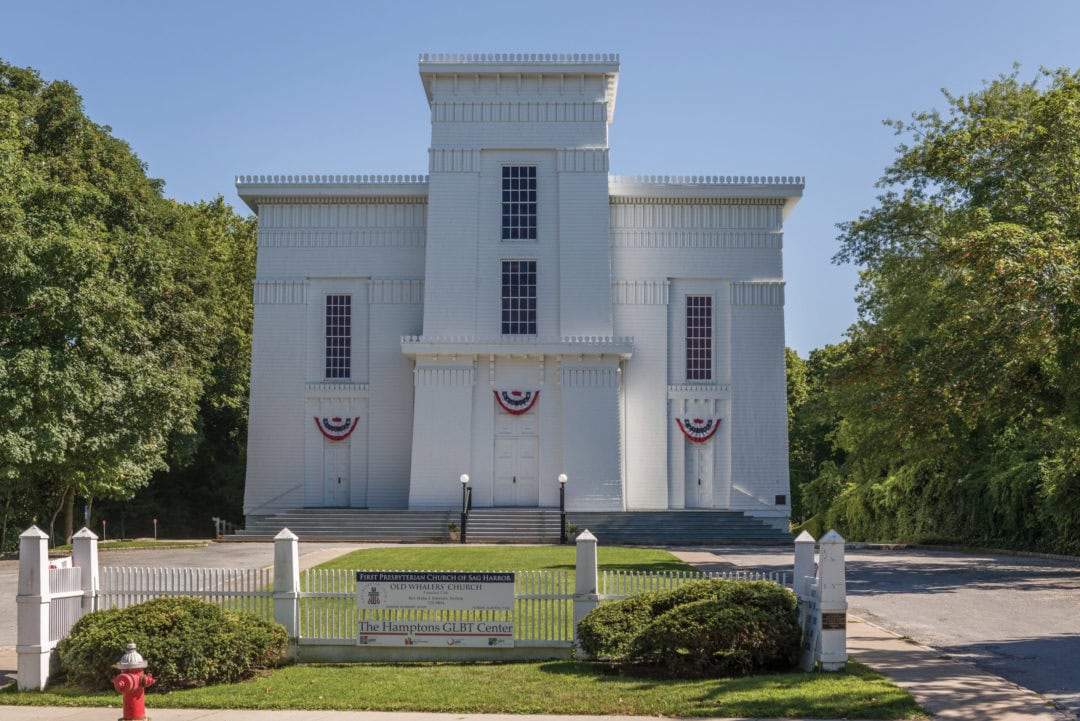
The Hamptons possesses some of the oldest British settlement towns in the United States. Then there are the locations of the Native American settlements that go way back in time, perhaps thousands of years. Juxtaposing that history to the 21st century’s mega-million-dollar homes and complexes, this combination makes up for a fascinating mix of past, present and future.
The east end is surrounded on three sides by the Atlantic Ocean, Block Island Sound, Gardiner’s Bay and Peconic Bay. This only adds to the beauty of the Hamptons. Writing, reporting, and reviewing events out east for twenty years has taught me that no matter what you think or how much you know, there is so much more to learn.
There isn’t a day that goes by that some tidbit of new information about the past mixes in with the present. Was it really surprising to learn that recently QB Tom Brady was playing golf with his son Jack at the exclusive historic Maidstone Club while he was missing from pre-season training in Florida?
To get a feel of east end history one needs to visit a few historic locations. I believe it starts in the hamlet of North Sea at Conscience Point. This is where the first east end settlers landed in 1640. They all came from Lynn, Massachusetts. This place at dusk and dawn is very powerful. You can feel souls there then.
Another neat walk, especially in the Fall, is around the Old South Cemetery and Gardiner’s Mill. These historic grounds are in East Hampton Village. Recently restored with a museum, I just enjoy strolling around there. I remember a special night being there during a very early Fall snow shower.
A favorite Fall bike ride for me is cruising down Wainscott Main Street. This is an amazing historical section of the Hamptons. Even though the Wainscott Chapel is new (1908) for Hamptons history, that road has a charm that is pure Americana.
Another piece of the past that I personally enjoy is the Old Whalers’ Church in Sag Harbor. That relic of Egyptian Revival architecture was built in 1844. This church, once with its 185-foot-high steeple, was the tallest building on Long Island. The steeple was lost during “the Hurricane of 1938,” and now leaves the church boxlike. There is no real reminder of what it once was until you go inside. I remember my first time in the church. I was attending a Stacy Dermont play produced in the Whalers’ Church back in 2007. The place has a Herman Melville like feeling. It sent my mind deep into the Sag Harbor past.
The home of famous artist Jackson Pollock (Pollock-Krasner House) is located at 830 Springs Fireplace Road in the Springs. It is very close to the Ashawagh Hall. This home is another “gem” historic destination. Pollock is considered to be the leader of the Abstract Expressionist movement. After marrying fellow artist Lee Krasner in 1945, the couple borrowed money from art patron and friend Peggy Guggenheim to purchase their home in the Springs. It is located on choice property consisting of 1.25 acres. The view of Accabonac Harbor from the property is one of the things I believe everyone loves about the house.
Cedar Point has a history all its own. Separating Gardiners Bay and the Northwest Harbor via a body of water known as the Barcelona Bank, this peninsula was passed by thousands of beginning or ending whaling voyages. When sailing around Cedar Point I love thinking back to the 1640 original settlers and wonder what they thought of the tall sandy bluffs and deep wooded views while they sailed to Conscience Point.
Back then Sag Harbor was a huge Indian village still inhabited by Native Americans. Sag Harbor was first settled by the Algonquins, who called their village “Weg-wag-onuch” which legend has it comes from the Native American words meaning “land at the end of the hill.”
The Southampton Trustees didn’t purchase what we now call Sag Harbor from the Indians until 1707. The lighthouse on then Cedar Island was first built in 1839. It was constructed on an island between Gardiners Bay, Northwest Harbor and the Barcelona Banks. The Hurricane of 1938 filled in the space between the island and the mainland and now the structure is called Cedar Point Lighthouse. It is wonderful Fall hike.
These are just a few of my favorite historical spots to visit this time of year. Truth be known I visit them a few times all year ’round, by bike, car, hikes, and even sailboat every year.












